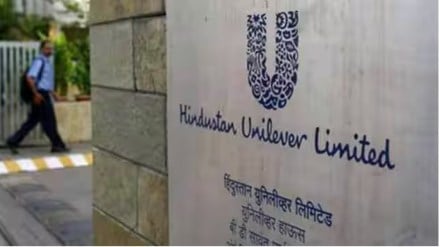While M&A remains an option for Hindustan Unilever, this would be largely bolt-on and in premium spaces, especially beauty & wellness and healthy foods. Meanwhile, the FMCG major intends to focus on accelerating volume-led growth with modest margin expansion, over the medium term, the management indicated at the Jefferies Asia Forum 2023 investor conference.
Volume growth will be driven through increased investments in growth vectors. As such, the growth over the next few years will be topline-led with a modest expansion in margins.
Rohit Jawa, managing director and CEO and A Ravishankar (Head – IR) highlighted that the India story remains compelling with strong macro drivers in place. They noted that this was despite the near-term concerns due to high CPI, weak August rainfall, etc. Input inflation has moderated but raw material prices remains higher than 2019 levels.
HUL is now going deeper on its WIMI strategy — winning in many Indias — so as to retain its lead over peers. In effect, the strategy remains much the same under the new CEO Rohit Jawa, who took over as the head of the company, from Sanjiv Mehta in late June. The essence of the strategy is growing the core, market development and premiumisation.
Within this, market development is believed to be key, given the low per-capita consumption in the country. HUL has chosen a few focus categories for it to drive market development over the next decade. The FMCG firm’s frugal cost structure, best-in-class digital capabilities and supply chain are its main moats, as per the management.
The middle class is doubling in size every five years, with consumption growing not just in the metros but beyond that too. The FMCG major feels it is well positioned, given its brand equity and deep distribution. HUL remains competitive with 75% of the portfolio gaining market share. Ad spends will also increase as the company maintains its share of voice at a level that is higher than its share of market.
Rural demand has seen some improvement, although the pace of the recovery is gradual. In HUL’s experience, it takes some 3-4 quarters for consumption to be restored after inflation cools. Demand in urban India has fared better with wage hikes keeping pace with inflation. At the same time, the management is cautious on the trade pipeline, so that it is not burdened with high-cost inventory.
